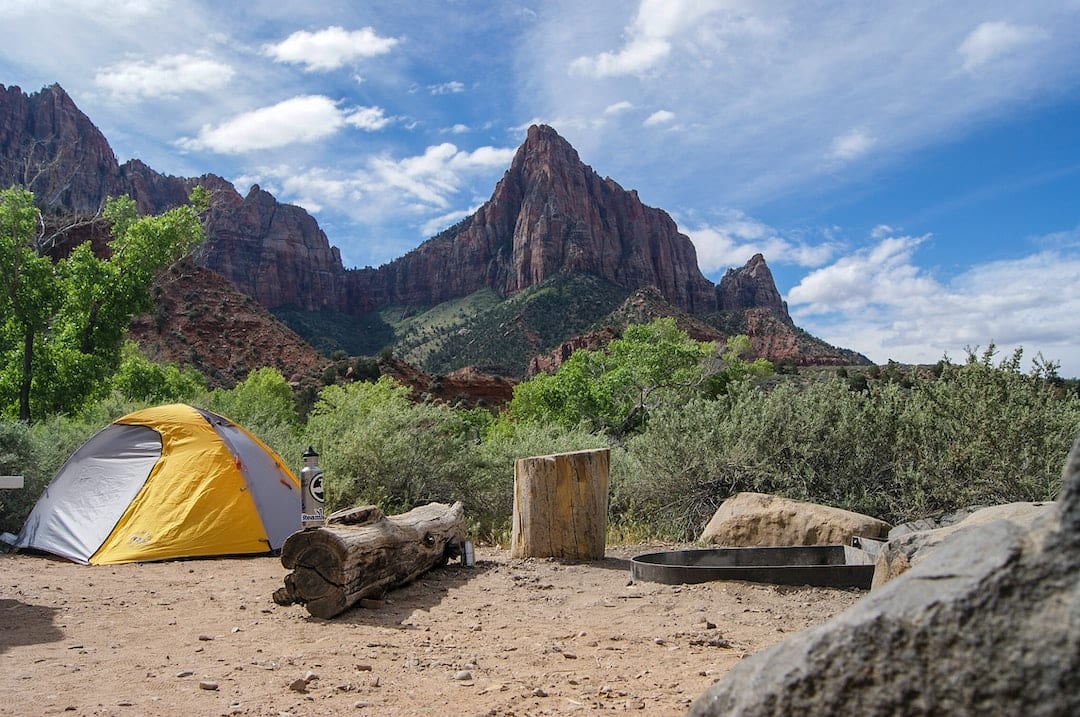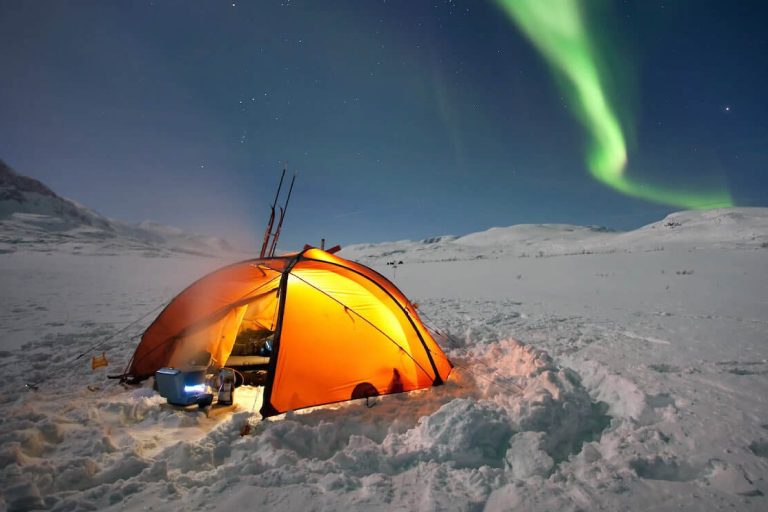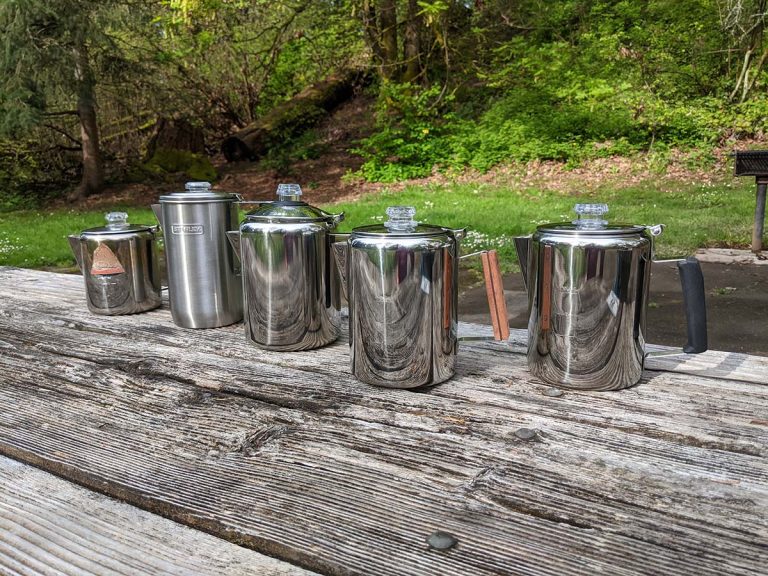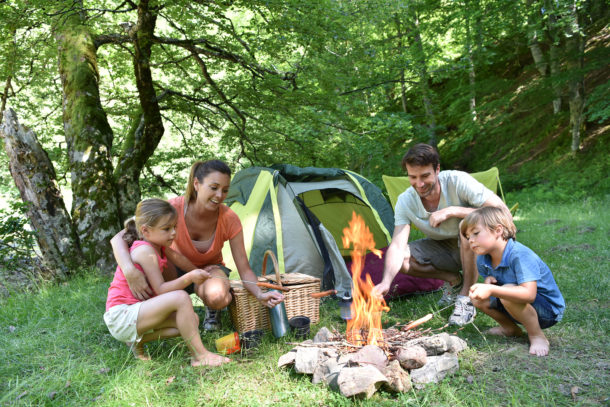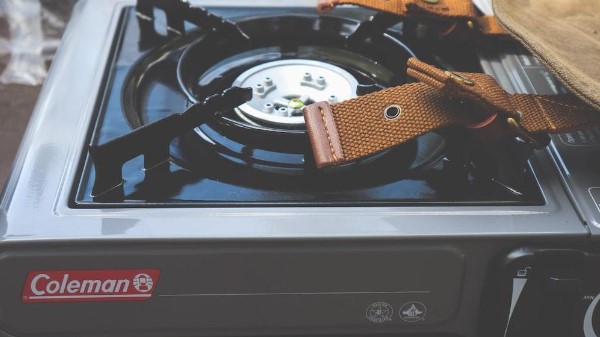How to Keep an Air Mattress Warm When Camping
Are you an avid camper who loves exploring the great outdoors? If so, you probably know the importance of a good night’s sleep while camping. A warm and cozy air mattress is essential for a comfortable sleep experience. But, you have to know how to keep air mattress warm when camping.
In this article, we will guide you through various techniques and tips of it. No more shivering nights or waking up feeling cold and uncomfortable. Let’s dive in and discover the secrets to a cozy camping sleep setup.

How to Keep Air Mattress Warm When Camping: Understanding the Importance of Insulation
Insulation is crucial in keeping your air mattress warm during camping trips. Insulation aims to trap heat and prevent cold air from seeping in. Understanding how insulation works enables you to make informed decisions to ensure a warm and comfortable sleep.
There are various materials available that provide effective insulation for your air mattress. Foam or thermal mattress toppers are popular. They create a barrier between your body and the cold ground. These toppers can significantly enhance the insulation properties of your air mattress.
Preparing the Campsite for Thermal Efficiency
Choosing the right location for your campsite can make a significant difference in maintaining warmth. Look for areas sheltered from the wind. These areas should have natural features like trees or rocks that can act as windbreaks. Clear the ground of any sharp objects or rocks. These can puncture your air mattress and create discomfort.
Creating a barrier between your air mattress and the cold ground is essential for thermal efficiency. Place a groundsheet or tarp underneath your air mattress to provide an additional insulation layer. This simple step can prevent cold air from permeating the bottom and stealing your warmth.
How to Keep Air Mattress Warm When Camping: Insulating Your Air Mattress
In addition to the groundwork, you can further insulate your air mattress with additional materials. Foam or thermal blankets on your air mattress can provide extra insulation and help retain heat. Sleeping bag liners made from insulating materials can also be used for added warmth.
If you prefer a do-it-yourself approach, consider creating a DIY insulation layer. Use blankets or bubble wrap to create a barrier between your body and the air mattress. These materials can trap heat and prevent it from dissipating, keeping you warm throughout the night. If you’re looking for some, check out this list of Air Mattresses under $100

Utilizing Warmth-Enhancing Accessories
Sleeping bags are vital in providing insulation and warmth during camping trips. Choose a high-quality sleeping bag that is rated for colder temperatures. Look for bags with adequate insulation, and consider using a liner for added warmth.
Another way to keep your air mattress warm is by utilizing accessories such as hot water bottles or heat packs. Fill a hot bottle with warm water before bedtime and place it near your feet or in your sleeping bag. Heat packs can be activated and placed strategically to provide localized warmth.
For campers who prefer a touch of modern technology, electric blankets or heated sleeping pads are worth considering. These products provide an adjustable heat source that can be regulated to suit your comfort level.
Proper Layering and Clothing Choices
Dressing in appropriate layers is crucial for maintaining warmth during camping trips. Layering allows you to adjust your clothing based on fluctuating temperatures. Start with a moisture-wicking base layer to keep sweat away from your skin. Add insulating layers such as fleece or down jackets, and top it off with a waterproof and wind-resistant outer layer.
Remember to cover your extremities. Wearing a hat helps to retain heat as a significant amount of body heat is lost through the head. Opt for warm, moisture-wicking socks to keep your feet cozy throughout the night.
Campfire and Heat Source Strategies
A well-built campfire can be a powerful heat source to keep you warm while camping. When setting up a campfire, choose a safe location away from flammable materials and follow Leave No Trace principles. Build a fire pit and surround it with rocks to contain the fire and reflect heat towards your campsite.
Remember to take proper safety precautions when using a campfire. Never leave it unattended, and ensure it is fully extinguished before leaving the campsite or going to sleep.
In situations where campfires are not permitted or not feasible, portable heaters or hot stones can be alternative heat sources. Portable heaters powered by propane or butane can provide controlled warmth in enclosed spaces. Hot stones heated in a campfire can be wrapped in towels and placed near your air mattress to radiate heat. Check our 15 other ways you can heat your tent without electricity
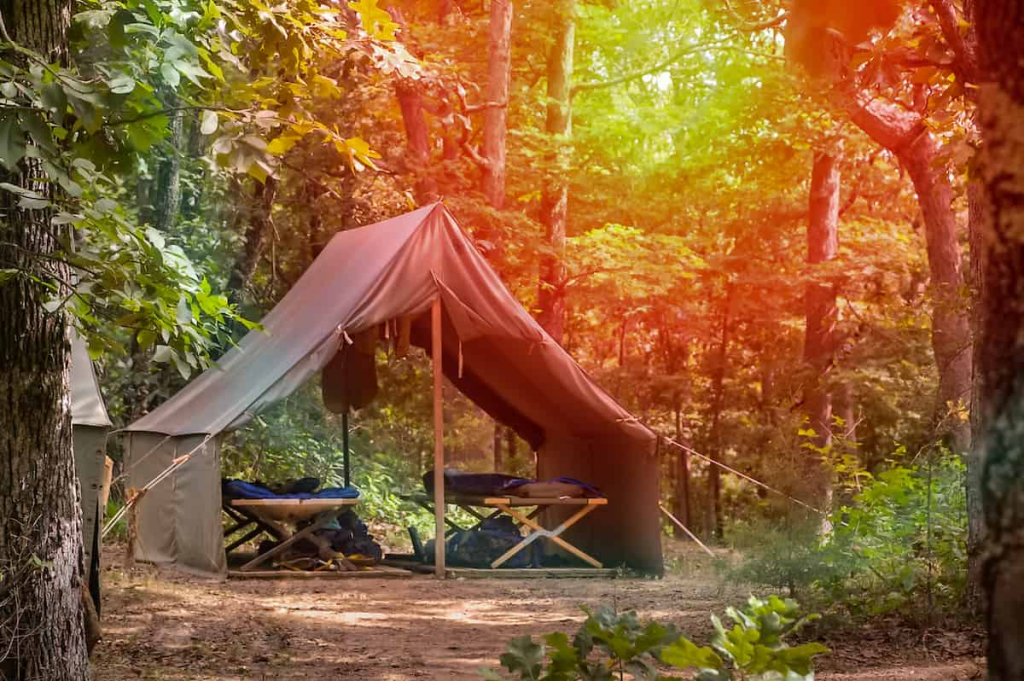
Tips for Cold-Weather Camping
Additional precautions are necessary to stay warm if you camp in colder temperatures. Insulating your tent is essential to create a warm sleeping environment. Use a tent with a rainfly, and consider adding a tent heater or a thermal blanket over your tent for added insulation.
Staying hydrated and nourished is crucial for maintaining body heat during cold-weather camping. Drink warm fluids and eat calorie-dense foods that provide sustained energy. Consider investing in a good quality thermos to keep hot beverages readily available.
Conclusion
Now you have a comprehensive understanding of how to keep an air mattress warm when camping. By implementing these techniques and strategies, you can ensure a relaxing and comfortable sleep experience in the great outdoors.
Remember to prioritize safety and always be prepared for changing weather conditions. So, pack your gear, embark on your camping adventure, and enjoy warm and restful nights under the stars. Even read How you can insulate your tent for winter camping

Meet Sarah, a passionate traveler and camping enthusiast who loves to explore the great outdoors. With years of exploring, she has become an expert in testing and reviewing the best tents on the market which got her to start mytravelingtents.com. Her insightful reviews provide valuable information to fellow adventurers looking for the perfect tent for their next camping trip.
